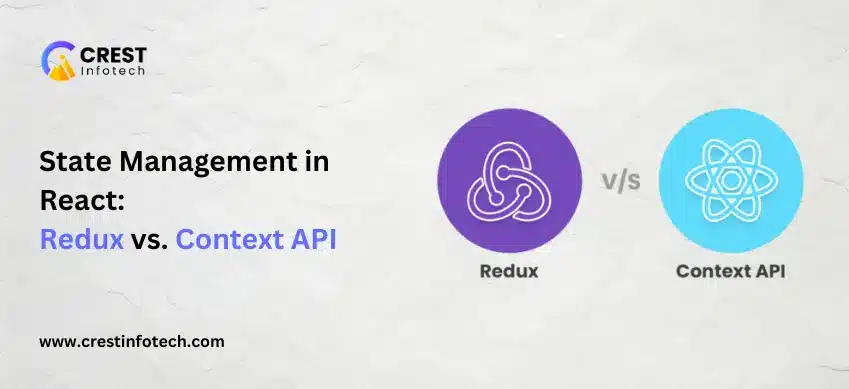Introduction
As React applications grow in complexity, managing and sharing state across components becomes increasingly challenging. While React’s built-in tools like useState and useContext are sufficient for small to mid-sized apps, large-scale applications often require a more robust solution. That’s where Redux and Context API come into play.
Both are popular choices for state management in React, but they serve different purposes and come with their own strengths and trade-offs. In this article, we’ll explore Redux vs. Context API, helping you choose the right tool for your project.
What is State Management in React?
State management refers to the way you handle, store, update, and share data (state) across your components. Proper state management improves:
-
App performance
-
Code maintainability
-
Developer experience
There are two main types of state in React:
-
Local State – Managed within a component using
useState. -
Global State – Shared across multiple components (e.g., user authentication, themes, etc.).
Context API: Simplicity Built into React
🔹 What is the Context API?
The Context API is a built-in feature in React that allows you to pass data through the component tree without having to pass props down manually at every level.
✅ Use Cases:
-
Theming
-
User authentication
-
Language/localization
-
Small-scale global state
✅ Basic Example:
const ThemeContext = React.createContext();
function App() {
return (
<ThemeContext.Provider value="dark">
<Toolbar />
</ThemeContext.Provider>
);
}
function Toolbar() {
return <ThemedButton />;
}
function ThemedButton() {
const theme = useContext(ThemeContext);
return <button className={theme}>Click me</button>;
}
⚙️ Pros:



